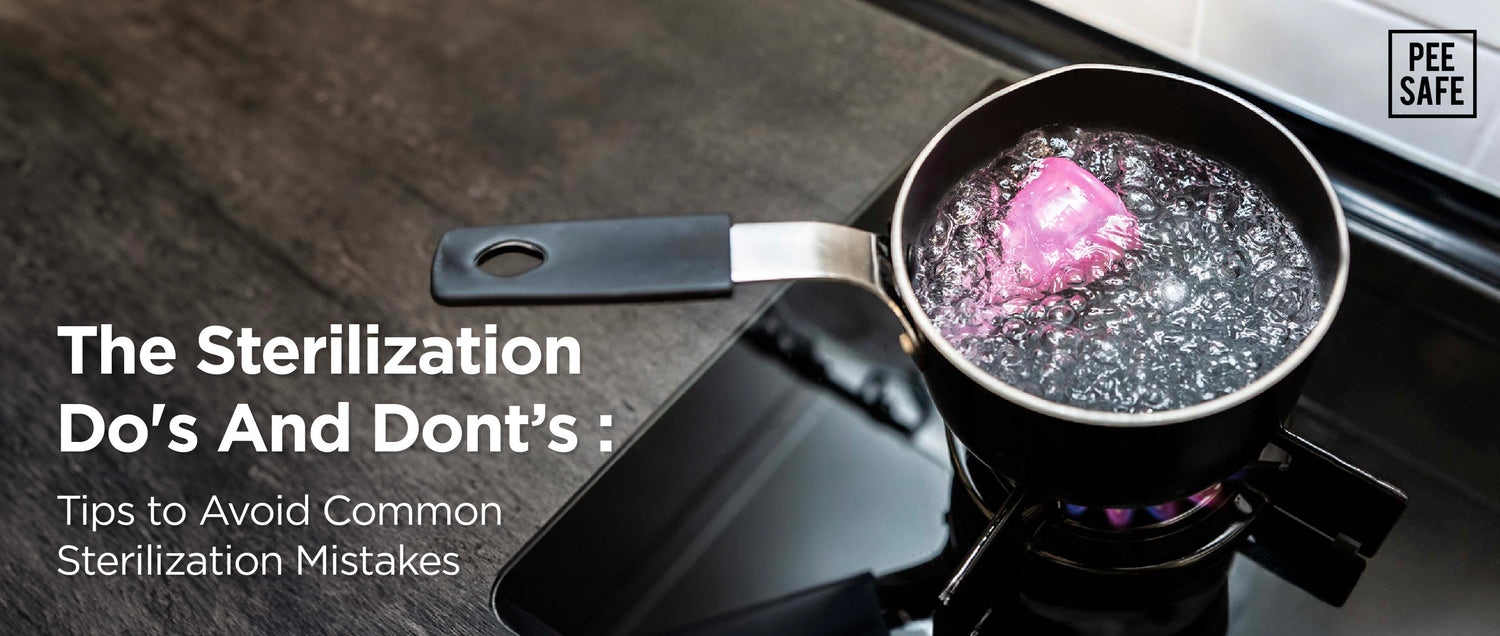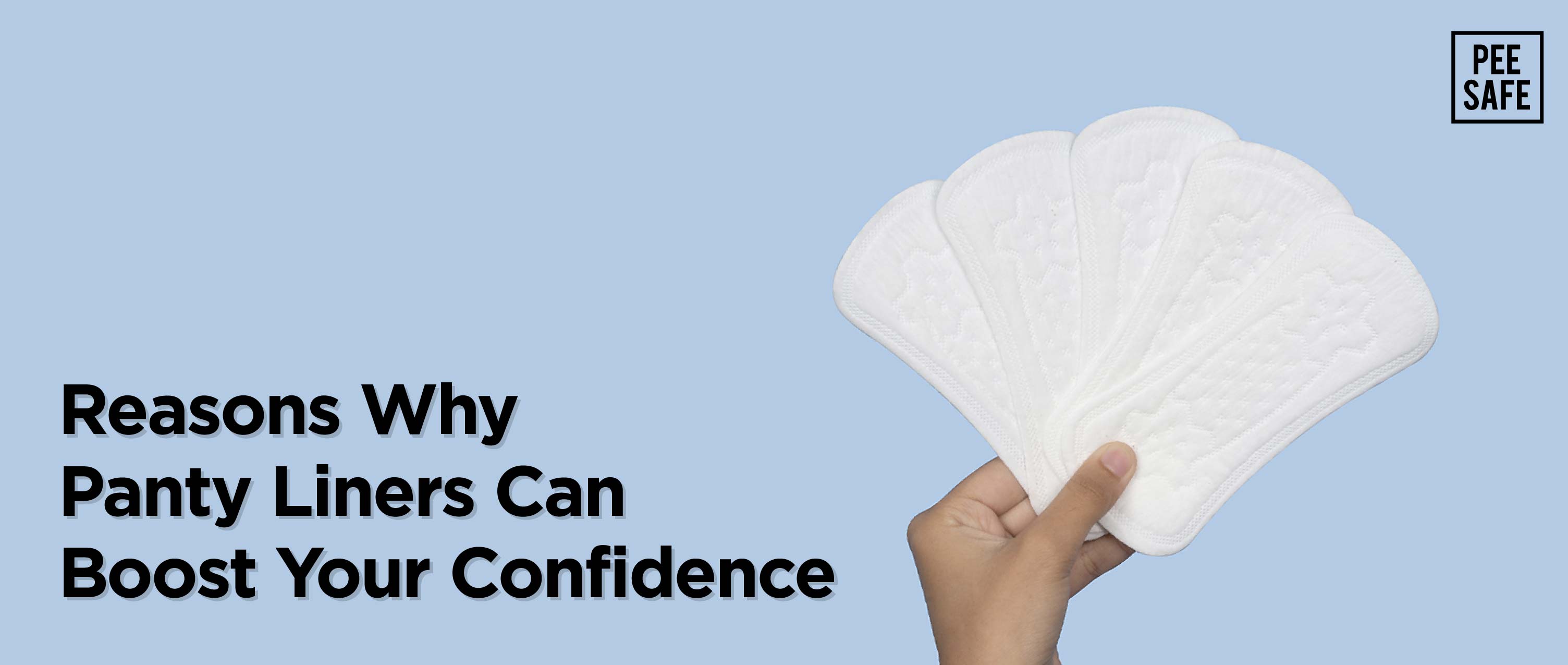Maintaining proper hygiene for menstrual products is crucial, as it prevents odor and minimizes germs. The menstrual cup has gained popularity as a sustainable alternative to traditional sanitary products. To ensure their effectiveness and prevent potential health risks, it is essential to practice proper sterilization techniques.
In this blog, we will discuss common sterilization mistakes to avoid, focusing on the effective sterilization of menstrual cups.
Common Sterilization Mistakes To Avoid
Some of the common sterilization mistakes have been mentioned below with effective sterilization of menstrual cups.
- Neglecting the manufacturer's instructions: Every menstrual cup comes with specific guidelines from the manufacturer regarding cleaning and sterilization. One of the most common mistakes people make is ignoring these instructions. It is essential to read carefully and understand the guidelines provided. Manufacturers often recommend specific sterilization methods, such as boiling, using a microwave, or utilizing specialized menstrual cup sterilizers. By following the instructions, you can ensure that you are using the most suitable method for your particular menstrual cup.
- Inadequate Pre-wash: Before sterilizing a menstrual cup,it is important to give a thorough pre-wash. Many individuals need to complete this step, which can compromise the effectiveness of the sterilization process. Pre-washing the cup with mild, unscented soap and warm water helps remove any residual blood or bacteria. Neglecting this step can lead to inadequate sterilization and increase the risk of infections or unpleasant odours. Make it a habit to clean your menstrual cup before each sterilization cycle for optimal hygiene.
- Improper Boiling Technique: Boiling is one of the most common and effective methods for sterilizing menstrual cups. Some people make a few mistakes while boiling their cups. Boiling the cup for too long and boiling the cup for too little time are both harmful for the menstrual cup. It is essential to follow the recommended boiling time, usually around 5-10 minutes. Finally, using excessively high heat can also affect the integrity of the cup.
- Neglecting the Menstrual Cup Sterilizer Option: While boiling is a popular method, using a menstrual cup sterilizer is an excellent alternative that can help avoid potential mistakes. Menstrual cup sterilizers are specifically designed to provide a hassle-free and effective sterilization process. These sterilizers use steam or other technologies to eliminate bacteria and viruses. They usually come with automated timers and temperature controls to ensure proper sterilization without the risk of damaging the cup. Opting for a menstrual cup sterilizer can result in saving time, effort, and savings while offering the added assurance of a thorough and reliable sterilization process.
- Ignoring Alternative Sterilization Methods: Apart from boiling and using sterilizers, other sterilization methods are valuable. Some menstrual cup manufacturers provide microwave-friendly cups, allowing you to sterilize the cup using steam in the microwave. Follow the instructions provided on the packaging by the manufacturer regarding the appropriate duration and power level. Along with this, there are sterilizing tablets or solutions available on the market that are specifically formulated for menstrual cups. These products are convenient and provide effective sterilization methods.
- Inconsistent Sterilization Frequency: Maintaining a regular sterilization routine is important to ensure the menstrual cup is hygienic and safe. Some people make the mistake of sterilizing their cups infrequently or irregularly, which can lead to germs overgrowing on the cup. It is important to sterilize your menstrual cup before and after each menstrual cycle. It is important to follow the manufacturer's instructions for specific recommendations. By following a regular sterilization schedule, you can reduce the risk of infections and maintain the hygiene of the menstrual cup.
Conclusion
Proper sterilization of your menstrual cup is vital in maintaining hygiene and preventing the spread of infections for your health and well-being. By avoiding these common sterilization mistakes and implementing best practices, you can ensure the highest level of effectiveness and safety in the sterilization process. Additionally, following the manufacturer’s instructions to maintain the cleanliness, and sterilization process and investing in a menstrual cup sterilizer can promote safe and hygienic period care. Taking care of your menstrual cup through proper sterilization is a small effort that can help in the long-term to maintain your hygiene and help you enjoy a worry-free menstrual experience. To know more, explore the Pee Safe website.
-
✍️ This article was curated by Nisha Prakash




























